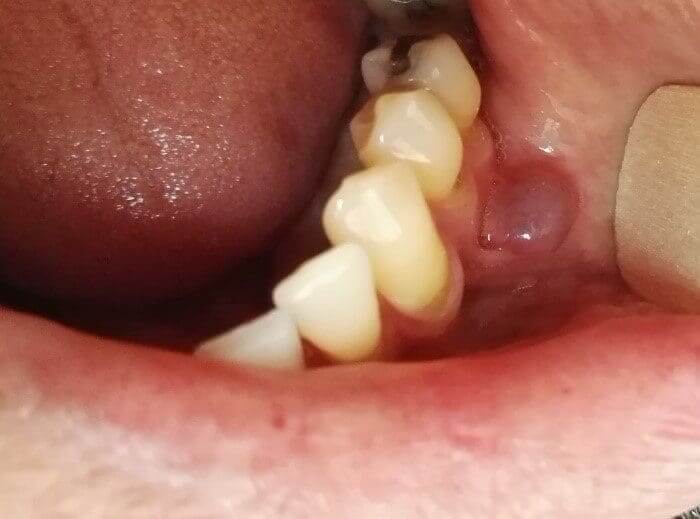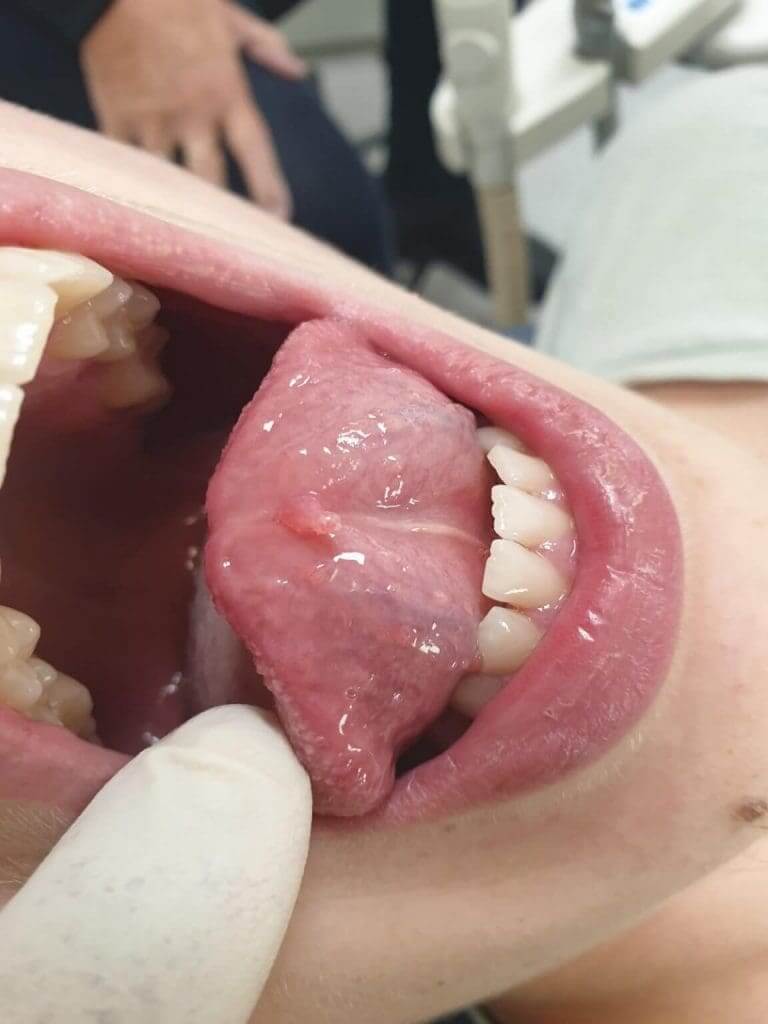
This post is about a common condition called mucocele, was written by Dr. Gal Avishai, a specialist in oral medicine in children and adults.
A common lesion, especially in children, that is found in the oral cavity and looks like a blue or pink blister in a diameter of a few millimeters to 1-2 centimeters. Mucocele is often caused by local injury – a direct hit or a bite tearing unintentionally a little tubule connected to a small salivary gland. As a result, saliva is accumulated in the tissue instead of being secreted to the oral cavity.
Mucocele is more common in children due to a higher prevalence of injuries to the face – falling down, biting the gums and more. However, it may appear at any age. The most common site for mucocele is the mucosa of the lower lip, an area that’s getting bitten often. It may also appear in the lower part of the tongue, in the bottom of the mouth, the inside of the cheek and on the palate. See the adjacent photos.
Mucocele is not painful but since it has the tendency to increase and decrease in size alternately, it can get bitten during speaking or eating, which may cause injury and pain. In addition, a large mucocele on the lower lip may also be aesthetically unpleasant.
When the mucocele does not pass after a few days, you can consider to go and see a specialist in oral medicine or an oral and maxillofacial surgeon. They will remove the injured salivary gland. This is a small surgical procedure which takes a few minutes.
Not to worry – there are hundreds of other salivary gland in the mouth. The healing process is very fast and it takes a few days.

For comments and questions, please register
Copyright © 2021-2024 All rights reserved. | Terms and Conditions
Copyright © 2021 – 2024 All rights reserved. | Terms and Conditions